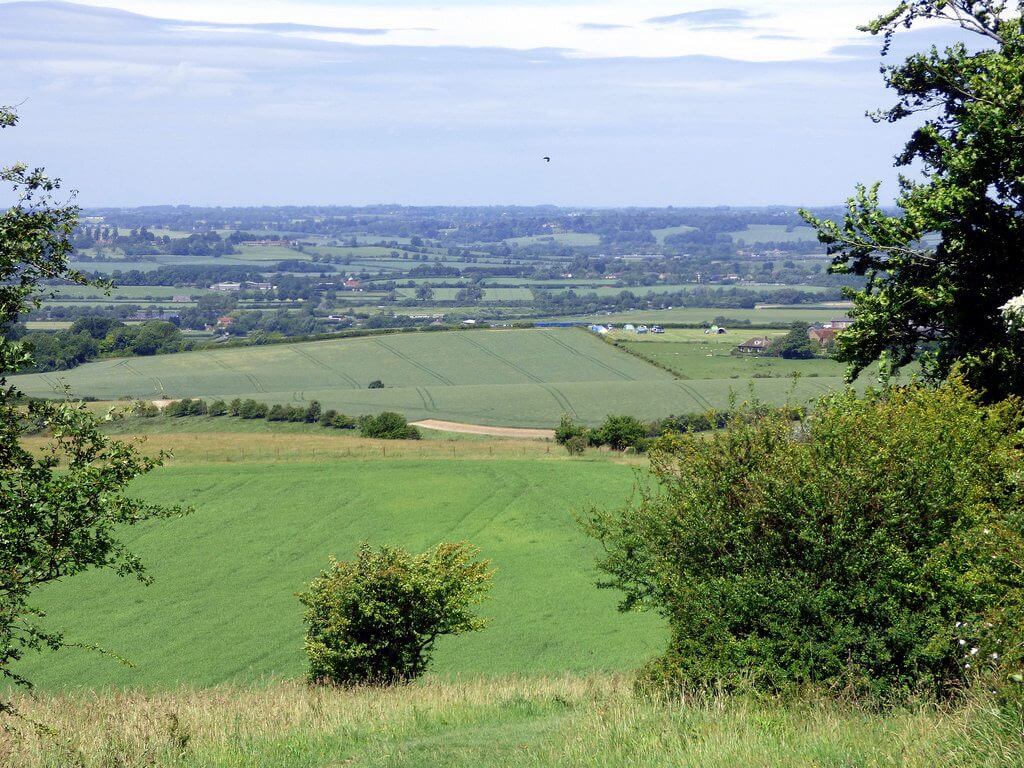What is an AONB?
An Area of Outstanding Natural Beauty (AONB) is an area of countryside in England, Wales (Ardaloedd o Harddwch Naturiol Eithriadol) or Northern Ireland which has been designated for conservation due to its significant landscape value. Areas are designated in recognition of their national importance, by the relevant public body: Natural England, Natural Resources Wales, or the Northern Ireland Environment Agency. In place of AONB, Scotland uses the similar national scenic area designation. Areas of Outstanding Natural Beauty enjoy levels of protection from development similar to those of UK national parks, but unlike with national parks the responsible bodies do not have their own planning powers.
In November 2023, AONB areas in England and Wales were rebranded as National Landscapes. However the GPDO and indeed other planning documents still refer to these areas as AONB. Until that changes we will continue to use the term AONB here on Planning Geek.
An AONB is a statutory designation stemming from the Countryside and Rights of Way Act 2000, which applies to England and Wales. The designation means that local authorities have: “a permissive power to take action to conserve and enhance the natural beauty of the AONBs in their areas.”
An AONB may straddle a number of local planning authority areas and as such, to ensure a consistent approach and continuity of advice, there is often an AONB Board that will be consulted with regards to planning applications. These applications will also be considered against the specific AONB policies in a local development plan. Some permitted development rights still exist in AONBs
AONBs sit between International designated areas and local designated areas.
There are 46 AONBs around the UK of which 33 are in England.
Where are these AONBs?
Within in England they exist at Arnside and Silverdale, Blackdown Hills, Cannock Chase, Chichester Harbour, Chilterns, Cornwall, Cotswolds, Cranborne Chase and West Wiltshire, Downs, Dedham Vale, Dorset, East Devon, Forest of Bowland, High Weald, Howardian Hills, Isle of Wight, Isles of Scilly, Kent Downs, Lincolnshire Wolds, Malvern Hills, Mendip Hills, Nidderdale, Norfolk Coast, North Devon, North Pennines, North Wessex Downs, Northumberland Coast, Quantock Hills, Shropshire Hills, Solway Coast, South Devon, Suffolk Coast and Heaths, Surrey Hills, Tamar Valley, and Wye Valley AONB / Dyffryn Gwy (Ardaloedd o Harddwch Naturiol Eithriadol / AoHNE) – jointly in Wales.
Is my property in an AONB?
You will need to contact your local authority to establish this. Some will have online maps to enable you to look up the AONB areas. You can look the locations of AONBs via the DEFRA MAGiC Map. Look under Designations/Land Designations/Statutory within the table of contents.
Permitted development in AONBs?
Some changes of use are allowed in areas of outstanding natural beauty (AONB). Check out our useful reference table to see what is possible where. Click here.
Also see Permitted development rights in AONB locations.
.
Page Updated: 12th May 2024




